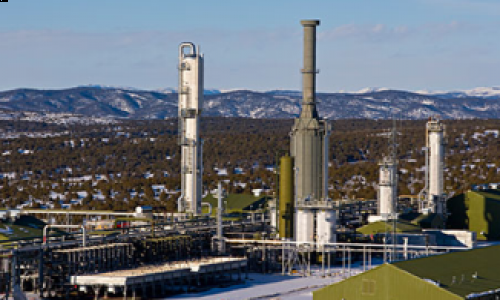Master Limited Partnerships (MLPs) are technically registered as partnerships, not corporations, and trade on major exchanges like regular stocks. Since they are partnerships, MLPs pay big dividends because they don’t pay federal income taxes but instead distribute their earnings to shareholders.
MLPs are structured so that a general partner runs the business, while individual investors are limited partners. The general partner receives a percentage of the MLP’s net profits for their management services and then the limited partners get a percentage of the remainder of the net profits. Occasionally, a very small amount of the net profits is not distributed but is retained as cash on hand for investment purposes.
As an investor, you own units instead of shares, and the payouts are called distributions instead of dividends. If you buy or own one of these investments, since you are technically a limited partner, you receive a K-1, which you often will not receive until March or April – a significant disadvantage if you are trying to file your taxes early to get a refund. The tax issues can be very involved although some of the tax consequences can be positive. Roughly 75% to 85% of MLP distributions are considered return of capital, and as a limited partner you may be able to treat some of this amount as capital gains or otherwise defer taxes on return of capital until you sell the investment. The balance, typically 15% to 25% of distributions, is return on capital and is usually taxable as unrelated business income and subject to taxes at your ordinary tax rate. (You should consult with a tax advisor to understand the detailed tax consequences before making any investment in an MLP).
As longtime investors in Canadian royalty trusts will attest, positive tax consequences are always subject to a change in the tax code. In 2007, Canada passed a law subjecting distributions from these instruments to a different tax regime effective in 2012, and the value of these listings fell dramatically and immediately. Many of these instruments have now restructured as corporations and still pay high dividends.
MLPs, whether natural gas or crude oil distributors or pipeline operators, have performed very well in recent months and are widely considered to be relatively stable investments. While commodity prices may fluctuate due to supply and demand and geopolitical events, distribution channels will always be needed. While there is competition in most geographic areas, there is little risk of obsolescence.
Many natural gas MLPs, including ones that are categorized as pipeline MLPs, also operate gathering and processing operations. In principle, the greater the exposure to gathering and processing operations, the more volatile the listing, as these operations have profit margins that can vary with the price of the commodity.
Most pipeline MLPs are growing steadily, both by increasing the capacity of existing pipelines and by building or acquiring new pipelines. With a national policy that emphasizes expanding the use of natural gas, the outlook for natural gas pipeline operators is especially bright.
Some of the most recognized MLP names include Kinder Morgan Energy Partners (KMP), DCP Midstream Partners (DPM), El Paso Pipeline Partners (EPB), Energy Transfer Partners (ETP), Spectra Energy Partners (SEP) , MarkWest Energy Partners (MWE) and Western Gas Partners (WES) .






Comments
Vern Holmes
November 14, 2011
I am wondering if I would be required to pay income taxes to Canada and also the United States for canadian MLP'S since I am a citizen of the US.
Is this review helpful? Yes:0 / No: 0
Ari Socolow
November 14, 2011
If you are a US citizen (as opposed to a dual national), taxation on dividends and distributions is determined according to the bilateral tax treaty between the US and the country where the payor is based (in this case, by the US-Canada treaty). Such treaties states the maximum amount of the distribution that the county where the payor is based (in the case, Canada) can require the payor to withhold. When you file your taxes in the US, you get a credit for those tax withholdings as a foreign taxes paid. Unless you have an extremely unusual tax situation, you should wind up paying a net amount of tax on your distribution from a Canadian MLP that would be the same as if the MLP were based in the US (and likewise for company distributions). As always, you should consult an attorney or accountant to discuss your particular situation.
Is this review helpful? Yes:0 / No: 0
Add your Comment
use your Google account
or use your BestCashCow account